1. Ant Farm: Watching Chaos in a Plastic Box
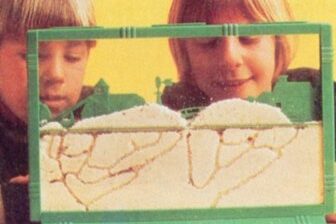
Ant farms seemed like a fascinating way to observe nature up close. The idea of watching ants dig tunnels, work together, and create an intricate underground world was appealing. Kids imagined themselves as mini scientists, watching their colony grow and thrive. The problem, though, was that ants are not exactly thrilling creatures. They moved dirt around, and that was about it. The tunnels were cool at first, but once they were built, the excitement faded.
Another issue was that ant farms were surprisingly fragile. If you knocked them over even slightly, tunnels collapsed, and your ants were suddenly buried alive, according to Master Moving Guide. Worse, the ants often died quickly, leading to a sad and depressing experience. And let’s not forget the horror when a few escaped—because who really wants random ants crawling around their bedroom? Parents weren’t thrilled about the idea of a potential ant infestation, and kids quickly lost interest when they realized there were no real interactions to be had. Watching ants work turned out to be just as boring as doing chores yourself.
2. Pet Rocks: The King of Pointless Pets
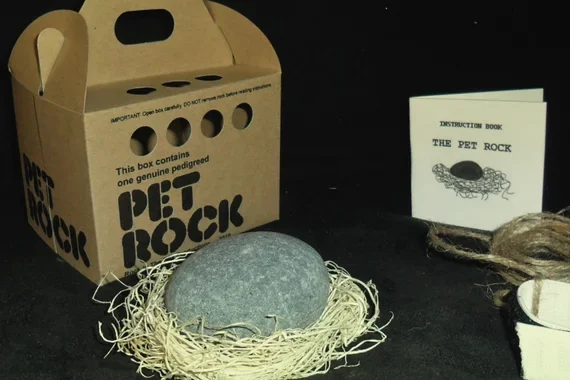
Pet Rocks were one of the biggest fads in history, proving that great marketing could sell absolutely anything. The idea was simple—buy a smooth rock, give it a name, and treat it like a pet. According to ABCNews, it even came with an instruction manual full of jokes about training and caring for your new “companion.” At first, it seemed hilarious and fun, but after a few minutes of staring at your rock, you realized something—this was just a rock.
No movement, no personality, no fun tricks—just a lifeless piece of stone. Sure, you could paint it or decorate it, but at that point, why even buy one when you could grab a rock from the backyard for free? The gimmick wore off fast, and kids who had begged their parents for one quickly moved on to actual toys. Pet Rocks ended up forgotten in drawers or tossed outside, proving that even as kids, we eventually caught on when we were sold a bad idea.
3. Mexican Jumping Beans: A Tiny Mystery That Got Old Fast
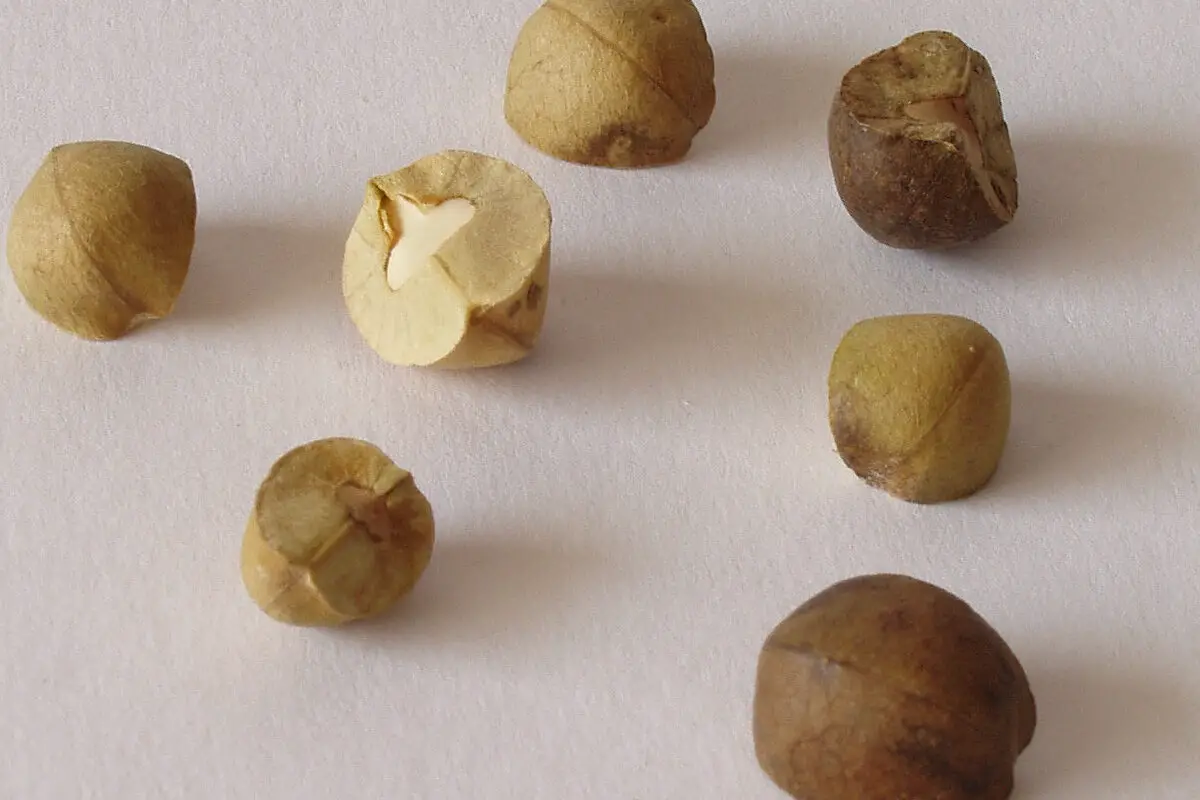
Mexican Jumping Beans had an air of mystery around them. They were little brown beans that seemed to move on their own, making kids believe they had some kind of magical, living creature inside. The first time you saw one twitch, it was genuinely fascinating. It sparked so many questions—were they alive? Were they haunted? Could they learn tricks? But after a few jumps here and there, the magic wore off fast.
The truth behind the beans was even more disappointing. They weren’t really beans; they were seed pods with tiny moth larvae inside. According to Wearemitu, the Mexican jumping beans are seeds from a tree that grows in Northern Mexico, and inside the seed lives a moth caterpillar. The movement came from the larvae squirming around, which, once you understood, made the whole thing feel more gross than magical. They didn’t last long either—eventually, the larvae would either die or turn into moths, leaving behind a motionless, useless bean. Kids who thought they had a lifelong jumping companion were left with nothing more than dried-up seeds.
4. Sea Monkeys: The Ultimate Letdown in a Plastic Tank
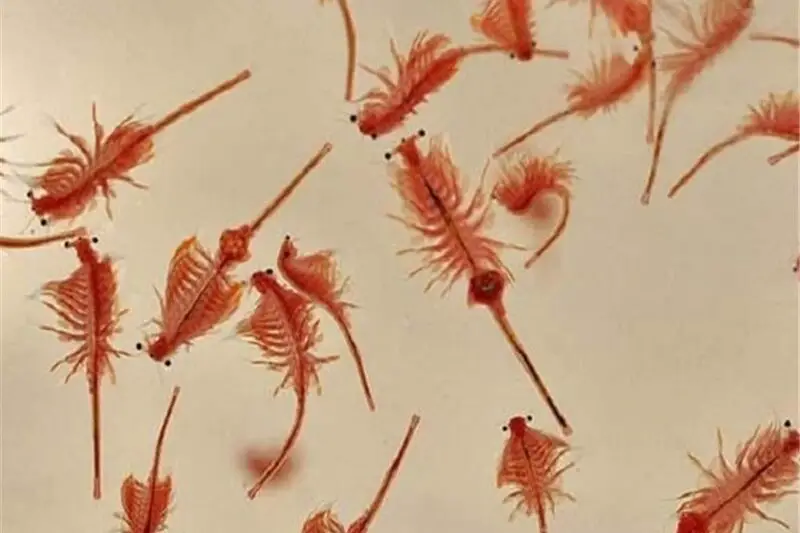
Sea monkeys were advertised as magical little creatures that would spring to life from a tiny packet of dust. The commercials showed them as playful, smiling, cartoonish beings that looked like they’d be fun companions. Kids imagined them forming little underwater societies, waving at their owners, and even having personalities. The reality, though, was far less exciting. Once you dumped the powder into water, all you got were nearly invisible specks swimming around. There were no expressive little faces, no playful antics, just tiny, translucent brine shrimp floating aimlessly.
The disappointment deepened when you realized they didn’t do much except exist. They didn’t interact with you, play games, or show any kind of intelligence. After the initial excitement wore off, most kids forgot to feed them, leading to an unceremonious end to the so-called fun. Even when well cared for, they never looked like the creatures in the box. The biggest kicker? You could get the same brine shrimp for pennies at any pet store, sold as fish food. Sea monkeys weren’t pets; they were just another clever marketing gimmick that tricked generations of kids into believing they had a tiny underwater kingdom. As Livinginthepast.substack notes, the smiling families of sea creatures marketed to kids led to disappointment upon receiving their order.
5. Invisible Dogs on Leashes: Walking Nothing
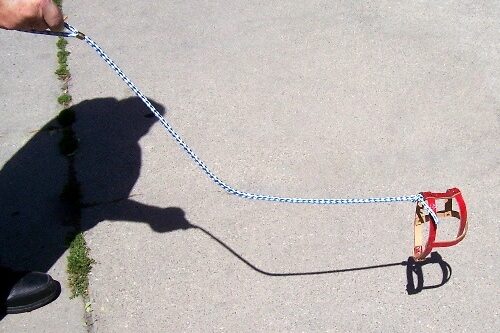
The invisible dog leash was a gag toy that made it look like you were walking an obedient, unseen pet. At first, it was hilarious. People would do double takes, confused as to whether you were walking a real dog or just crazy. It gave kids a sense of humor and trickery, making them feel like they were in on a joke. According to Wikipedia, the truth behind the beans was even more disappointing. They weren’t really beans; they were seed pods from shrubs like Sebastiania pavoniana, not related to actual beans, that have been inhabited by the larvae of a small moth (Cydia saltitans).
But once the joke had been made, there wasn’t much else to do with it. You couldn’t really bond with an invisible dog, and walking around pretending to hold a leash lost its appeal quickly. It was fun for a day, maybe two, but then it became clear that pretending to have a pet wasn’t the same as actually having one. The excitement wore off, and the leash ended up in a toy box, forgotten like so many other childhood fads.
6. Squirmles: The Puppet Pet That Fooled Us All
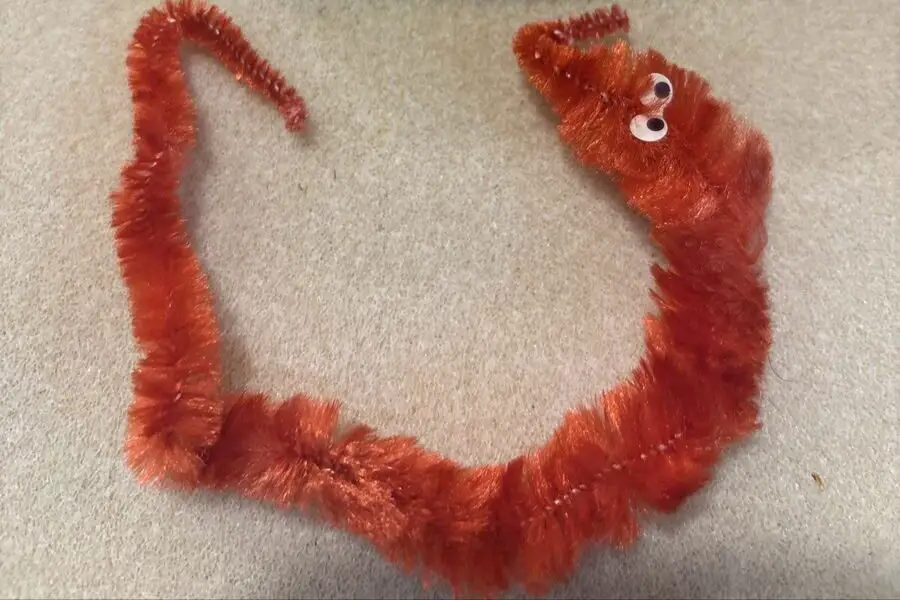
Squirmles, also known as magic worms, seemed like they had a mind of their own. They wiggled, twisted, and darted around in a way that looked almost lifelike. The commercials showed them slithering through fingers, climbing cups, and performing tricks, making them look like the most fun “pet” ever. But there was one problem—it was all a trick. The magic wasn’t in the squirmle; it was in the invisible string attached to it.
Once kids realized they had to manually move the Squirmle and that it wasn’t actually alive, the illusion was shattered. It became just another piece of fuzzy string, and without the fun of mystery, it quickly lost its appeal. The biggest letdown was that no matter how much you practiced, it never looked as good as in the ads. Kids dreamed of having a wriggly little creature as a companion, but what they got was a cheap toy that needed constant effort to even look interesting.
Click here for more stories like this
7. Venus Flytraps: The Plant That Refused to Perform
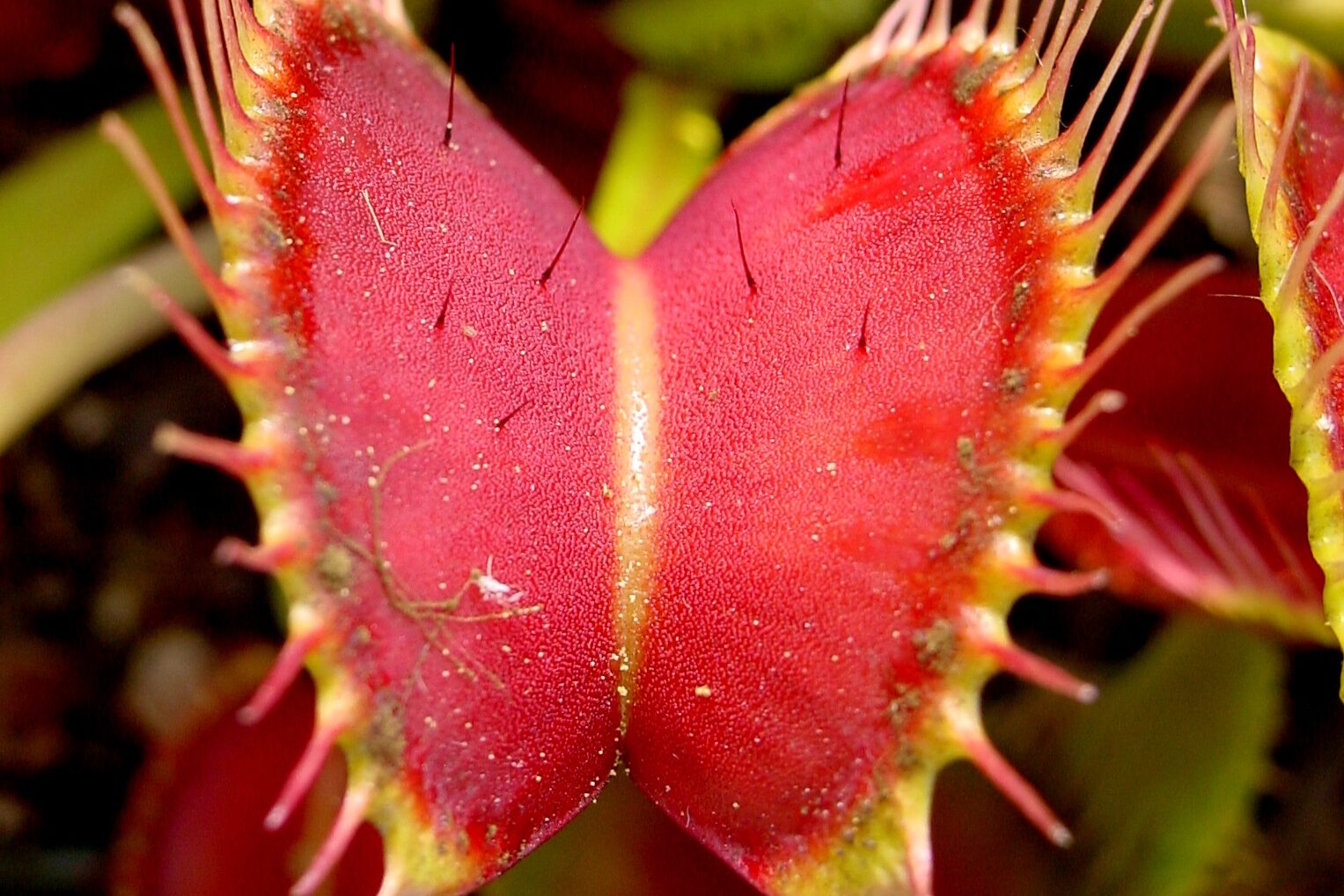
The Venus flytrap was one of the coolest “pets” you could own. It was a plant that actually ate bugs—what could be more exciting? The idea of having a tiny, carnivorous monster sitting on your windowsill was irresistible to kids who wanted something unique. The problem, though, was that they didn’t work nearly as well as people expected. Kids imagined feeding their flytrap daily and watching it snap up insects like a living horror movie.
In reality, Venus flytraps are slow, fragile, and picky eaters. They wouldn’t just gobble up anything you threw at them, and forcing their traps to close too often actually weakened and killed them. They needed specific conditions to thrive, and most kids didn’t have the patience to carefully maintain a humid, warm environment for a temperamental plant. Even if you managed to get it to eat a bug, the slow digestion process was nowhere near as thrilling as expected. What started as a fun, exotic pet turned into just another dying houseplant within weeks.
8. Triops: The Sea Monkeys’ More Disappointing Cousins
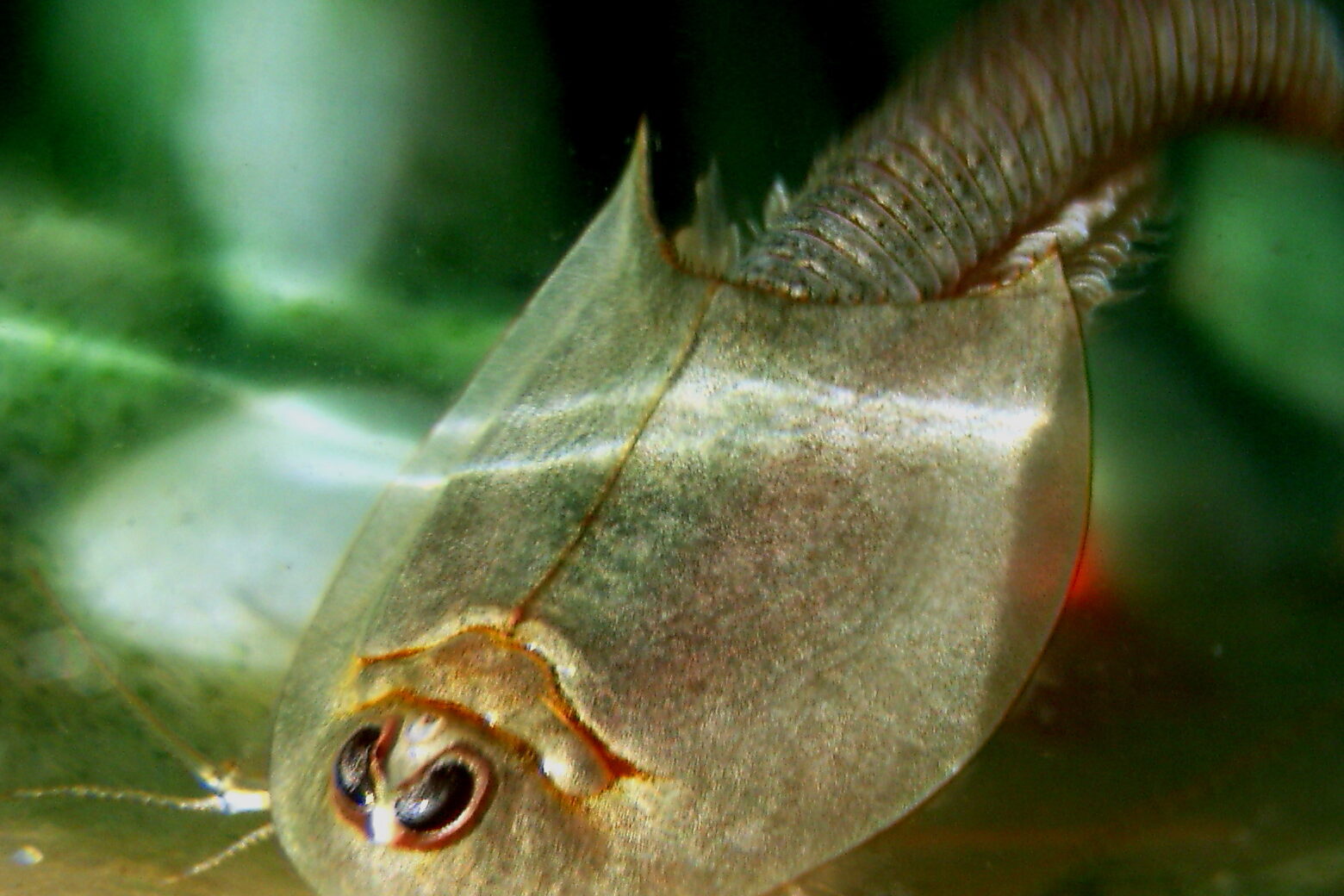
Triops were supposed to be prehistoric, living fossils that grew bigger and were way cooler than sea monkeys. The idea of raising creatures that had been around since the dinosaurs was enough to sell kids on the concept. The packaging promised that they’d hatch quickly, grow rapidly, and become active, fascinating creatures. But just like Sea Monkeys, they were nothing like their ads. Most of them never even hatched, leaving kids staring at murky water, hoping something would appear.
For the unlucky few that did get their tribes to grow, the disappointment came in their appearance and behavior. They weren’t cute or cool-looking; they were weird, shrimp-like creatures that mostly sat at the bottom of the tank. Unlike fish or reptiles, they had no personality and no way to bond with their owners. And just when you thought they might be growing into something interesting, they died—often within days. The whole experience felt like a cruel joke, teaching kids that some ancient creatures should have just stayed extinct.
9. Hermit Crabs: The Pet That Never Loved You Back
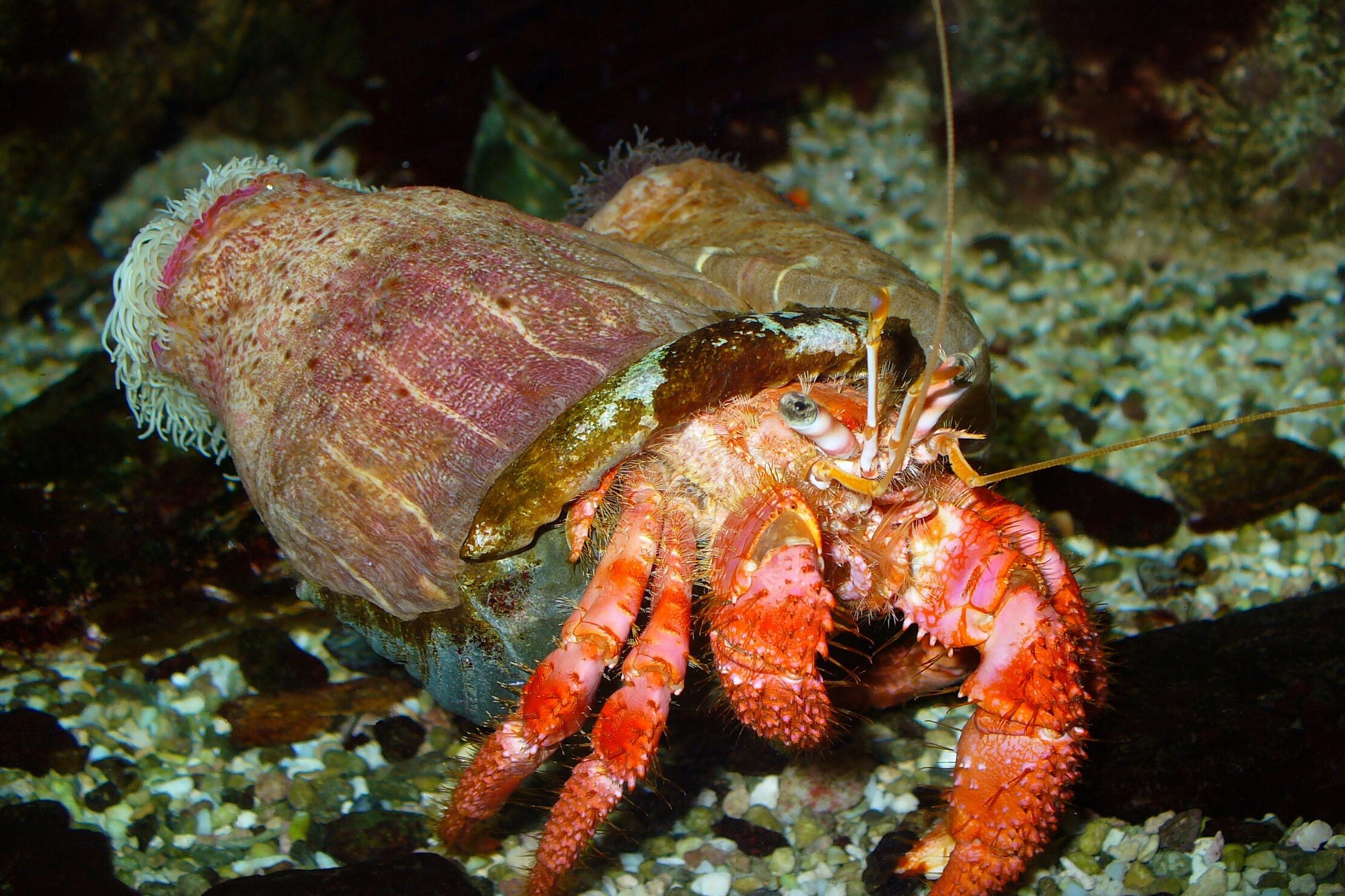
Hermit crabs were marketed as fun, easy-to-care-for pets that would scuttle around and even change shells as they grew. Pet stores sold them in colorful, painted shells, making them look even more appealing to kids. The problem was that hermit crabs were neither affectionate nor particularly entertaining. They spent most of their time buried in sand or sitting motionless, making them one of the least interactive pets ever.
Unlike the ads that showed them crawling all over a child’s hand, most hermit crabs were shy and didn’t enjoy being held. And worst of all, many of them weren’t properly cared for because pet stores didn’t give the right information. They needed special humidity and diets, and when neglected, they slowly withered away. Instead of a fun, crawling companion, kids were left with a silent, disappearing creature that never bonded with them. Hermit crabs weren’t just disappointing—they were a sad lesson in how some animals just weren’t meant to be pets.
10. Tadpoles: The Excitement That Never Fully Grew
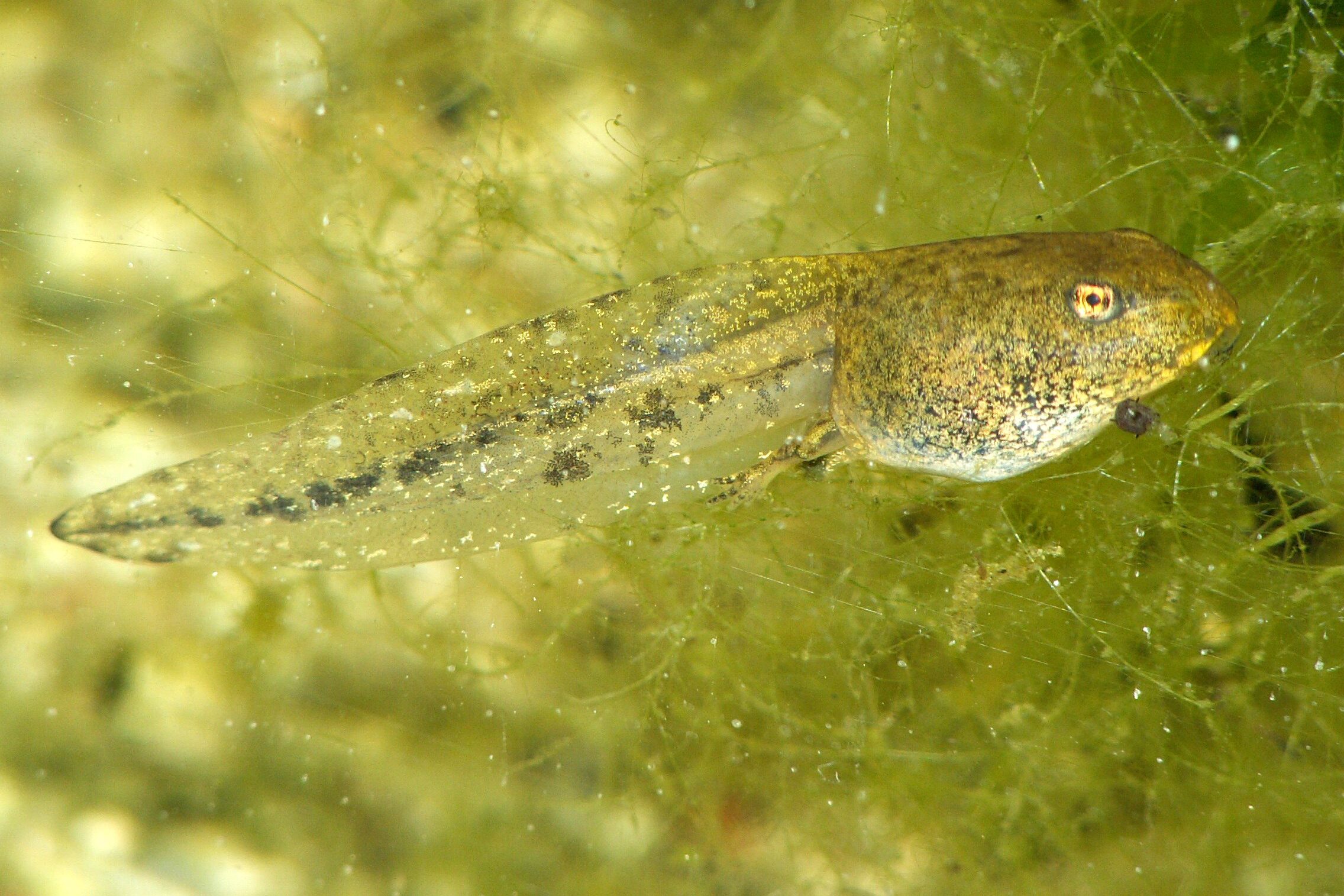
Raising tadpoles was supposed to be a magical experience. You’d watch them transform from tiny, wiggly creatures into full-grown frogs, giving kids a front-row seat to one of nature’s coolest transformations. The problem, though, was that the process took forever, and most tadpoles didn’t even make it to the frog stage. Kids would eagerly check their tanks every day, waiting for legs to appear, only to realize that weeks were passing with little to no change.
If a tadpole did survive, the next disappointment was that frogs weren’t exactly fun pets. Unlike a puppy or even a hamster, they didn’t want to be held, played with, or interacted with in any way. Instead, they spent their time hiding, hopping away, or trying to escape their enclosures. And when kids inevitably lost interest, parents were left figuring out what to do with a fully grown frog. In the end, tadpoles promised an exciting journey but usually ended in heartbreak or a release into the backyard pond.
11. Goldfish from the Fair: The Pet That Never Stood a Chance
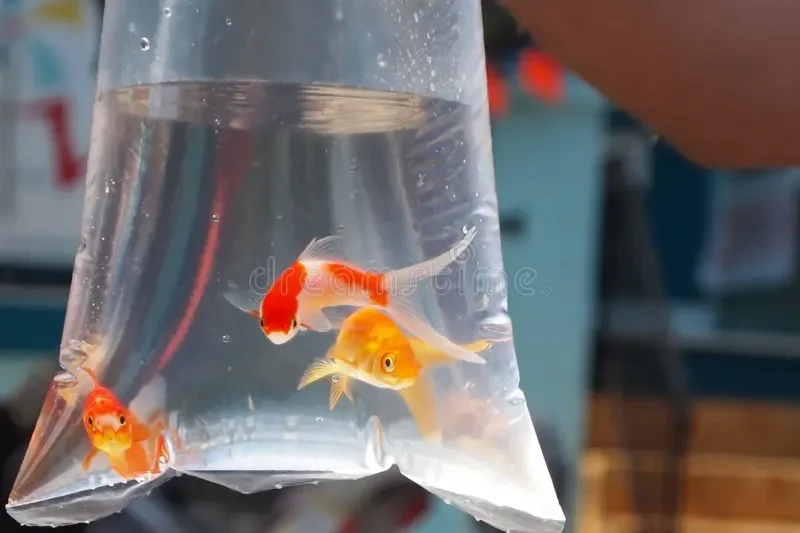
Winning a goldfish at the fair felt like hitting the jackpot. For many kids, it was their first real pet, and they proudly carried their tiny fish home in a plastic bag, dreaming of a long, happy life together. The harsh reality was that these fish were often doomed from the start. They were kept in terrible conditions at the fair, stressed and sick before they even made it home. Within days—sometimes even hours—most kids experienced the heartbreak of their goldfish floating belly-up in the tank.
Even if a goldfish survived, taking care of it was much harder than expected. They needed more than a tiny bowl and some fish flakes; they required proper filtration, space, and clean water to thrive. Most kids weren’t prepared for that level of responsibility, and parents weren’t thrilled about taking on an unexpected aquarium. What was supposed to be a fun, exciting prize quickly became a sad lesson in why pets shouldn’t be impulse buys.
12. Glow-in-the-Dark Turtles: A Gimmick That Faded Fast
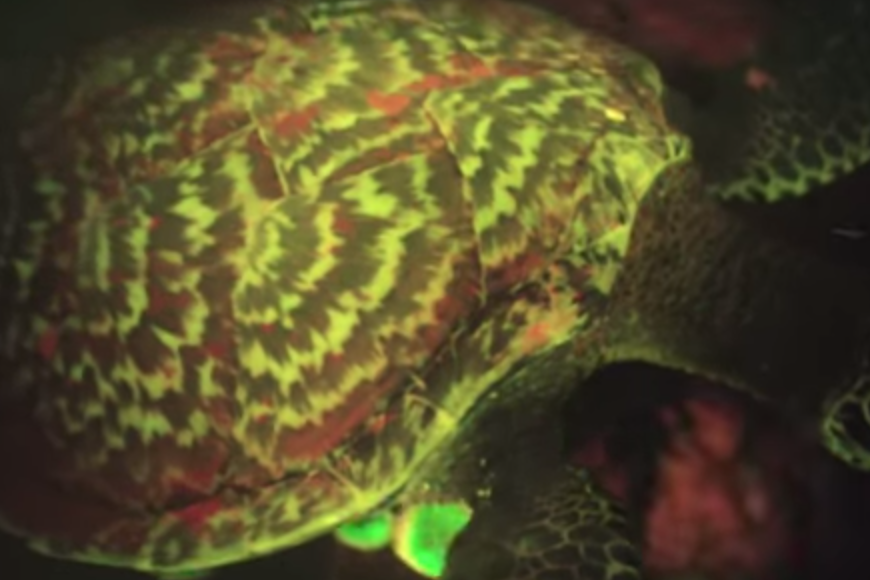
Some pet stores and gift shops sold tiny turtles with shells that supposedly glowed in the dark. The idea of owning a glowing, almost magical creature was irresistible to kids. The problem? The glow-in-the-dark effect was either fake or temporary, requiring a light source to “charge” it. Instead of a mystical, glowing pet, kids ended up with an ordinary turtle that acted just like any other.
On top of that, turtles weren’t as fun as expected. They didn’t do much, weren’t cuddly, and required more maintenance than most kids were ready for. Many parents regretted the purchase almost immediately, especially when they learned how long turtles could live. What was supposed to be a fun, glowing novelty quickly turned into another forgotten responsibility. If anything, these turtles proved that just because something glows doesn’t mean it’s a good pet.
13. Hamsters: The Escape Artists That Kept Us Up at Night
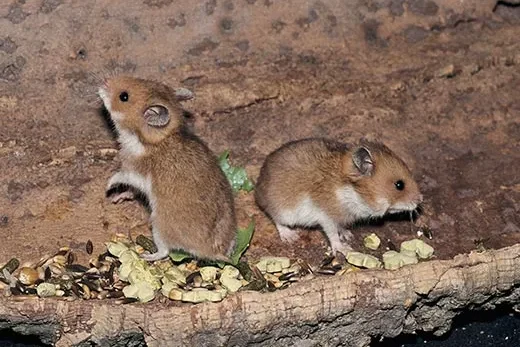
At first, hamsters seemed like the perfect small pet. They were soft, cute, and looked like they’d be fun to play with. Kids imagined teaching them tricks, watching them run on their wheels, and having a tiny furry friend to cuddle. The reality was a little different. Hamsters were nocturnal, meaning they were asleep when kids wanted to play and only became active in the middle of the night. The constant sound of a squeaky exercise wheel became a nightmare for anyone trying to sleep.
Worse, hamsters were escape artists. No matter how secure their cage seemed, they always found a way out, leading to frantic searches around the house. And while some hamsters were friendly, many were grumpy and quick to bite, leaving kids with painful nips instead of affectionate moments. The dream of a fun, cuddly companion quickly turned into a lesson in disappointment as kids realized that hamsters weren’t as interactive or easy to care for as they seemed.


